Sigma 90mm F2.8 DG DN (iSeries) Review
Dustin Abbott
September 15th, 2021
Over the past two years Sigma has easily been the most prolific lens developer on Sony FE and Leica L. We went from no full frame options from Sigma on Sony’s mirrorless platform two years ago to some 25 lenses just a few years later. Sigma’s DN lineup (their designation for mirrorless) revolution has been nothing short of startling, and we now have everything from ultra-wide angle to extreme telephoto, with both zooms and primes throughout a lot of that range (save long telephoto primes). Sigma’s releases have been so heavy that they have often come in bunches, with multiple lenses announced and released side by side. The most recent pair of lenses is the Sigma 90mm F2.8 DG DN that I’m reviewing today and the Sigma 24mm F2 DG DN, which I reviewed here. These lenses are a part of Sigma’s “iSeries”, a new lineup they debuted in late 2019. These include the Sigma 45mm F2.8 DN lens (my review here), 24mm F3.5 DN (my review here), 35mm F2 DG DN (my review here), 65mm F2 DG DN (my review here), and then these most recent two. While Sigma’s marketing language for the iSeries is typical marketing silliness, the premise for the series is sound. Sigma has recognized that there are multiple segments within the mirrorless market, and they have two different priorities. One group wants maximum performance in aperture and optics, and these are served by Sigma’s larger ART series, but there is a secondary market who bought into the mirrorless vision of smaller and lighter while retaining the performance. This second group is the target audience for the iSeries. The iSeries lenses are beautiful crafted, very tactile, but are also much smaller and lighter than more premium lenses. I’m a fan of the premise, myself, and have liked most of the iSeries lenses quite a bit. *The tests and most of the photos that I share as a part of my review cycle of the i90 (as we’ll call it for brevity) have been done with the new Sony Alpha 1 which will serve as my benchmark camera for the foreseeable future (my review here).
This new 90mm lens is very intriguing to me for a couple of reasons. The first reason is the nature of the focal length itself. Both Sigma and Samyang have developed lineups of compact lenses, and Sony has some as well, but the longest focal length in Samyang’s “tiny series”, for example, is 75mm. There are probably some 15 compact, high performing autofocus lenses under 75mm on Sony, but none over 75mm…until now. Typically to get 90mm and F2.8 you are either looking at a macro lens (like Sony’s excellent 90mm F2.8 G Macro) or a zoom lens like Sony’s 70-200mm F2.8 GM or Tamron’s 70-180mm F2.8 VXD. All such lenses are comparatively huge, however, and so getting that very useful focal length in a little lens that is less than 62mm long and weighs only 295g is a very welcome proposition. Even the Sony 90G is more than twice as long and over twice as heavy! Being able to pack along some actual reach in a tiny package is a very interesting idea.
The second reason why I’m intrigued by the i90 is that when I first started testing Sony APS-C gear (starting with the a6300), I tested Sigma’s first DN lenses, which were an original trio of 3 F2.8 compact primes that were only designed for APS-C. They are now discontinued mostly due to an outdated autofocus design that introduced limitations to available focus areas, but they were optically sound. One of those lenses was a 60mm F2.8, which, when you account for Sony’s 1.5x APS-C crop, delivers an angle of view equivalent to 90mm on full frame. In other words, a little lens very like this one. I always thought that 60mm F2.8 had very nice rendering and a very useful focal length, so I’m also intrigued by a spiritual successor to that lens on full frame…but without all the limitations of that older lens.
As has frequently been the case with this series, I think that Sigma has managed to strike a nice balance between a high quality rendering along with excellent sharpness. This isn’t a cold, sterile lens, but rather one with some character despite being well corrected. The only lens in the series that I didn’t love the optical performance of was the 45mm F2.8, but by and large I’ve found this series consistently excellent. That’s very true here; this is an extremely high performing lens that I really enjoyed using, and the price point of $639 USD will be well worth it to some and a hard sell for others (people have a hard time getting excited over a prime lens with a maximum aperture of F2.8). Read on if you want all the details, or, if you prefer to watch reviews, you can choose either the long-format definitive review or the shorter standard review.
Follow Me @ Patreon | My Newsletter | Instagram | Facebook | DA Merchandise | Flickr | 500px
Thank you to Sigma Canada (Gentec) for getting me pre-release loaners of the 24mm and 90mm lenses. As always, this is a completely independent review. The opinions here are completely my own.
Sigma i90 Build, Design and Handling
The “i-series” is a hit to me when it comes to build. I love the all-metal construction, attention to detail, and beautiful handling. Sigma has very intentionally crafted another lens that is as pleasing to hold and use as the photos it can produce, and that’s a winning philosophy to me. This is an incredibly compact lens at only 64mm in diameter (resulting in a 55mm filter thread) and a length of 61.7mm. Whenever the diameter of a lens is larger than the length, you know you have a pretty compact design! You can see from this photo that the Sigma i90 (right) is a fair bit shorter even than the compact Samyang AF 75mm F1.8 (my review here).
A quick word on filter size. Sigma has consolidated the F2.8 lenses in the iSeries around a 55mm filter size, which is welcome, though the F2 lenses have multiple filter sizes (none of the 55mm), which means that even among the iSeries (six lenses) there are a variety of filter sizes. That’s a bit of a pain, obviously, though there are also downsides to Tamron’s approach of trying to design all of its FE lenses around a common filter size.
As per usual, I’ll a little perplexed as to why Sigma has chosen to position the i-Series lenses under the Global Vision division of “Contemporary”. Typically the lenses branded Contemporary carry Sigma’s lowest level of build, with Sport lenses given the most robust while Art lenses land in the middle. The build of the i-Series, however, is arguably nicer than that of the ART series, and every bit as nice as the Sport lenses (though designed for different purposes). In many ways these i-Series lenses remind me of two things: 1) classic lenses like the SMC Takumar lenses (which I own about 5 of), and part of why I love them is their beautiful timeless construction that is all metal and glass – and – 2) cine lenses where the aperture and focus rings are raised rather than flush with the barrel and have wider, deeper ribs that accommodate gearing (something that cinematographers often do but stills photographers almost never do). We’ve got a similar design element in the i-Series.
Forget engineered plastics; the Sigma i90 is made all of metal alloys, with even the hood made of metal. The lens hood itself is a beautifully crafted piece with a great tactile feel to the metal and ribbing, and it has an added practical value that there is plenty of grip friction due to the ribbing that makes it easy to remove.
The only downside here is that the hood is quite large (this is a telephoto lens, after all!). The lens hood is about two-thirds the length of the lens itself, which means that the compact nature of the lens is masked when the lens hood is attached. I do appreciate that the hood doesn’t looked “tacked on”, however, and to me the lens looks completed with the lens hood in place because the design language of the lens carries on into the lens hood. There’s a nice “flow” to the design.
Sigma has adopted the inclusion of an aperture ring on many of their DN series lenses (DN indicates that the lenses is designed specifically for mirrorless, while DG designates that the lens is designed for full frame cameras). It works just like Sony G Master lenses where one has the option of selecting A (Automatic) and controlling aperture from within the camera like most lenses, but then one can also manually select aperture in one-third stop detents. There is a nice extra bit of friction between the A position and the manual section which will help avoid any inadvertent bumping between the two choices. The aperture ring (like everything on the lens) is beautifully engineered, and has very precise, definite movement and feel for each of the detents. Some people question the necessity of an aperture ring (particularly one that cannot be declicked for video aperture racking), but I can say for myself that I personally strongly prefer to have an aperture ring even for stills. I find it helps me to be more intentional about the use of aperture and plan in advance for what aperture will best suit my shot.
Another solid addition is the AF/MF switch on the side of the barrel. This is something that many mirrorless lenses lack, but I still find an actual physical switch the quickest and easiest way to move between autofocus and manual focus. The F2 lenses have had the AF/MF switch is mounted transversely, which fits better in the space allotted on these compact lenses. On the F2.8 lenses the switch has been mounted in the typical horizontal position, and I find that the tight squeeze along with the raised aperture ring nearby make using the switch a little tougher (particularly when wearing gloves). A subtle positive touch here is that the paint exposed when in AF is white, while the exposed paint when in MF mode is black. It’s a quick visual clue.
There is also a manual focus ring. The focus ring, like the aperture ring, is a “by-wire” system, meaning that input on either the focus ring or the aperture ring is electronically communicated rather than through a direct mechanical coupling. This means that input on the focus ring or the aperture ring will not create any physical changes unless the lens is attached to a camera and powered on. The focus ring has a nice feel to it, and Sigma has done a good job emulating traditional manual focus.
Like most of the iSeries lenses, Sigma is leveraging the all-metal construction to give consumers an option when it comes to the front lens cap. There is a traditional pinch-style plastic lens cap included, but the lens also ships with a magnetic cap that pops easily into place. I find that it works better if you are using the lens without the hood, as reaching in to remove it with the hood fixed is a bit difficult. They are also selling an inexpensive lanyard that clips onto a strap or backpack and gives you a place to magnetically attach the lens cap when not using it. With both pieces in play, it becomes a quick, easy process to pop the magnetic cap on and off and attach it to the lanyard holder. Perhaps not for everyone, but the fact that Sigma has included the two caps does give you as a consumer a choice. I like choice!
The lens does have a weather sealing gasket, though there are no other internal seals in the lens. There is no image stabilization (though next to no prime lenses do, so I don’t exactly look for it). You’ll have to rely on IBIS if your camera is so equipped.
The aperture iris has nine rounded aperture blades, and this helps keep the aperture shape fairly circular when stopped down.
You can see that there is a bit of the typical geometric deformation (cat eye effect) towards the edge of the frame.
Minimum focus distance here is 50cm or 1.64 feet. This gives you a magnification ratio of 1:5, or 0.20x. Here’s what MFD looks like:
That longer focal length along with a decent magnification ratio allows for some interesting shallow depth of field shots like this one:
I always love the flexibility to get these types of shots, as they tend to be among my favorite types of photography. I do think that contrast is a little lower up close, but moving back just a few centimeters allowed for better contrast while retaining the shallow depth of field.
It’s worth noting that this is also a very intriguing lens if you shoot APS-C. When you apply Sony’s 1.5x crop factor, you end up with the very popular 135mm focal length, and the lens is compact enough to be a very natural fit there. I got some very nice images when throwing it on my a6600.
I’m a fan of the iSeries design formula, and the i90 is no exception. It feels beautiful in the hands, and both the aperture and manual focus rings move nicely. I really compact lenses that are also well-made and high performing, as they tend to be the lenses that I reach for most often. There’s a practical value to a lens you can easily bring along that is unmatched by the massive, heavy lenses that Sigma often produces, so I guess I’m in the target group for the iSeries!
Sigma 90mm F2.8 DN Autofocus Performance
The Sigma i90 utilizes a stepping focus motor that makes fast, quiet focus changes. If you watch the video review you can see/hear the focus motor during focus changes in video. It’s mostly good news here. My assistant, Craig, focuses on the video side of things, and he noticed that focus pulls tended to be abrupt once the camera/lens decided on a new subject, so manual focus pulls remain the best way to have smooth transitions. The upside is that there is basically no noise during focus changes, and I saw no evidence of pulsing or settling. Once a subject is locked, the focus stays present and accurate.
One negative for video is that there is definitely some evidence of focus breathing, where the size of the subject changes relative to its focus position.
My stills focus accuracy was overall very good, though with a few minor exceptions that I’ll detail. A wide open shot like this shows both excellent focus along with the exceptional detail from the lens optically (and also some nice bokeh!):
My tests of Eye AF tracking of humans whether in video or in stills proved very good.
Interestingly, though, I got a bit of a mixed bag with animal Eye AF. On both my Alpha 1 and a6600 I got a few shots of Loki where autofocus got distracted by a foreground object and gave me a front focused result.
Most of the time, however, Eye AF nailed focus and delivered highly detailed results, like this shot from the a6600:
I only bring this up because it is unusual in my recent experience, as Eye AF typically works pretty flawlessly and I was surprised by the misses. A firmware tweak would probably help iron out any remaining kinks.
My general purpose accuracy was very good, though. I got a lot of well focused results in a variety of lighting conditions.
Sigma i90 Image Quality
So how about the image quality. Can this compact lens deliver? There are 11 elements in 10 groups, with more than half of them being special elements (SLD 5, Aspherical lens 1). The i90 is capable of producing excellent, highly detailed results with good color and contrast even on a very high resolution (50MP) Sony Alpha 1:
All chart tests done with a Sony Alpha 1 (50 MP) using a tripod and a two second timer.
We’ll work through the chart results by first looking at distortion and vignette.
That strong pincushion distortion immediately reminds me of the Sigma 85mm F1.4 DN. I don’t like it (and criticized it in my review), but I ended up buying the 85mm F1.4 DN myself and have learned to live with it because all of the other strengths of the lens more than compensate. I think the same is true here, but I had to use a -11 to correct the distortion as you can see above. Fortunately the distortion was nice and linear and corrected fine manually. The same applied to the vignette, which is about 1 1/2-2 stops in the corners and took a +48 to correct. Sigma gets quality support in camera on Sony for JPEG files and video, and RAW files will be corrected a little more cleanly for both metrics when the standard profile shows up in Adobe and other editing software.
You probably won’t notice the distortion in many shots, but if you happen to have straight lines near the edges of the frame you will see it, like in this shot:
Longitudinal chromatic aberrations didn’t present a problem, either. I saw little evidence of fringing in my real world shots, including in this shot of glasses in the lobby bar of the Chateau Montebello. Reflective glass has a lot of opportunity for fringing, but I didn’t see any here or in other real world shots.
Lateral chromatic aberrations exhibit primarily along the edges of images and on either side of transition areas, like the black and white transitions on my test chart. I see little evidence of them here.
So how about resolution and contrast? Here’s a look at my test chart:
And here are the crops from the center, mid-frame, and extreme corner at F2.8. Contrast and resolution are excellent across the frame, with a nice, strong performance everywhere I look.
I was also pleased with the centering of the lens, as it looked equally good in all four corners.
I like to have some kind of comparison point for context, but, as I’ve said, there really isn’t many lenses like this one. The closest comparison I have on hand is the Samyang AF 75mm F1.8, a very strong little lens optically. Obviously the Samyang has the advantage of having a much larger maximum aperture, but if you stop the Samyang down to F2.8 and compare the two, they are more similar than different. The Samyang has a bit of an edge in the center and midframe, though it is marginal, while the Sigma is a little better in the corners. The Samyang has less distortion, but exhibits some lateral chromatic aberration that is very well controlled on the Sigma. In short, the i90 compares positively to a lens I consider to be very good optically. All good news for such a compact lens.
In real world shots I was happy with the amount of detail I could get from the lens:
That’s a lot of detail on a 50 MP sensor.
Stopping down to F4 provides a surprisingly large contrast boost that allows the details to just pop. By F4 everything across the frame could only be called excellent. You can see the moiré pattern created in the textures due to such high resolution and contrast.
Shoot the i90 at smaller apertures and you will be rewarded with extremely sharp images all across the frame. This shot of a beautiful door at F6.3 shows fabulous detail across the frame, including the final crop, which is from the extreme bottom left.
Minimum aperture is F22, but diffraction really limits contrast by that point, so I wouldn’t recommend shooting at minimum aperture unless absolutely necessary.
F2.8 isn’t a large aperture, but when you combine it with a 90mm focal length, you have the potential for a nice bokeh rendering. This shot has a nice transition to defocus, for example:
Here, too, things look quite good:
Getting close allows you to have very nice subject isolation.
I wouldn’t call this a top tier “bokeh maker”, but I thought images had a nice blend of sharpness and bokeh.
Flare is a bit of a mixed bag. There are definitely some flare artifacts and minor ghosting blobs that show up depending on the position of the sun, and you will have some veiling (loss of contrast) if its in a certain spot, like here:
Just a slight recomposition results in a completely different result:
I found the flaring fairly artistic, but that is a matter of taste. If you don’t like it, be sure to use the hood and be careful with your composition.
I had fun with the lens at night, too, though you’ll obviously want a camera with in body stabilization if you use it in lower light conditions.
There are a few minor hiccups there (most obviously the distortion), but the sum total of the performance is very nice…particularly when you consider how compact the lens is. You can see more photos by checking out the lens image gallery here.
Conclusion
The Sigma 90mm F2.8 DG DN is a welcome addition to the iSeries and to Sigma’s mirrorless lineup in general. There has been a bonanza of great lenses released on Sony over the past few years, and in some cases (like Sigma’s recent 24mm F2 release), there is somewhat of an oversaturation of choices at a certain focal length. But part of what I really like about the i90 is its uniqueness. There really aren’t many direct alternatives to this lens, and definitely none at this size. Having a very compact medium telephoto option is a desirable one.
The list of shortcomings here is brief, with my primary objection really being the stronger distortion. But the list of strengths is long, with beautiful build, good autofocus, and a very pleasing optical performance. This would make a great travel portrait lens or even a landscape option to compress landscapes a bit more. It also does a nice job of defocusing the background if you get reasonably close to your subject.
On the video front, I have found this to be a very nice lens if you want to capture a speaker in a church or medium sized auditorium. The framing is nice, and it seems to reliably track the speaker’s face without any hunting or distracting pulses. I also found that the lens often made it into my bag when I was going out with a wider focal length as my primary option. Having a telephoto perspective easily packed in a jacket or bag is going to make this lens a tempting option if you can look past this being a 90mm prime with only an F2.8 aperture. F2.8 at 90mm really is enough in many situations. The price tag of $639 USD seems reasonable enough when you consider how nicely built the lens is and how strong it is optically, though very small lenses with somewhat smaller apertures are a little harder sell for some buyers. If you do buy this lens, I suspect it will be one that you reach for often. It takes nice pictures, packs easily, and is light enough that you can bring it along without thinking much about it. This is a happy addition to Sigma’s iSeries, and, I suspect, a happy addition for those whose vision of mirrorless is small and light.
Pros:
- Beautiful, feature rich construction
- Includes some weather sealing
- Fast, quiet autofocus
- CA is well controlled
- Excellent sharpness and contrast across the frame even wide open
- Incredibly sharp stopped down
- Nice bokeh
- Extremely compact size
- Reasonable price
Cons:
- Distortion a little high
- A few random focus misses
- Some focus breathing
- Focus pulls can be a little abrupt
Gear Used:
Purchase the Sigma 90mm F2.8 DG DN @ B&H Photo | Amazon | Camera Canada | Amazon Canada | Amazon UK | Amazon Germany | eBay
Purchase the Sigma 24mm F2 DG DN @ B&H Photo | Amazon | Camera Canada | Amazon Canada | Amazon UK | Amazon Germany | eBay
Purchase the Sigma 24mm F3.5 DN @ B&H Photo | Amazon | Camera Canada | Amazon Canada | Amazon UK | Amazon Germany
Purchase the Sigma 65mm F2 DG DN @ B&H Photo | Amazon | Camera Canada | Amazon Canada | Amazon UK | Amazon Germany | Ebay
Purchase the Sigma 35mm F2 DG DN @ B&H Photo | Amazon | Camera Canada | Amazon Canada | Amazon UK | Amazon Germany | Ebay
Purchase a Sony a7C @ B&H Photo | Amazon | Camera Canada | Amazon Canada | Amazon UK | Amazon Germany | Ebay
Purchase the Sony Alpha 1 @ Camera Canada | B&H Photo | Amazon | Amazon Canada | Amazon UK | Amazon Germany | Ebay
Purchase a Sony a9M2 @ B&H Photo | Amazon | Camera Canada | Amazon Canada | Amazon UK | Amazon Germany | Ebay
Sony a9 Camera: B&H Photo | Amazon | Camera Canada | Amazon Canada | Amazon UK | Amazon Germany | Ebay
Sony a7RIV Camera: B&H Photo | Amazon | Camera Canada | Amazon Canada | Amazon UK | Amazon Germany | Ebay
Buy DA Merchandise https://bit.ly/TWIMerch
Purchase a Sony a7C @ B&H Photo | Amazon | Camera Canada | Amazon Canada | Amazon UK | Amazon Germany | Ebay
Peak Design Leash Strap: Peak Design Store | B&H Photo | Amazon | Amazon Canada | Amazon UK
Adobe Photoshop Creative Cloud 1-Year Subscription
Exposure Software X6 (Use Code “dustinabbott” to get 10% anything and everything)
Visit Dustin’s Amazon Storefront and see his favorite gear

Purchasing your gear through B&H and these links helps fund this website and keeps the articles coming. You can also make a donation here if you would like. Visit my Amazon page for some of my gear of choice! Thank you for your support.
Great News! I can now offer a 5% discount on all purchases at Amplis Foto, Canada’s Leading Photographic Supplier. Please enter discount code: AMPLIS52018DA in your cart. It is good for everything in your cart, and is stackable with other coupons, too! It will take 5% off your entire order! Proceeds go towards keeping this site going and providing you with new reviews!
Check me out on: My Patreon | Sign Up for My Newsletter | Instagram | Facebook | Twitter | Flickr | 500px | Google+ |
Keywords: Sigma 90mm F2.8, Sigma 90mm DN, i90, Sigma 90 F2.8 DN, Sigma 90 F2.8, Sigma 90mm F2.8 Review, DN, DG, F2.8, 90mm, Sigma, iSeries, Wide Angle, Sony, Leica, Hands On, Dustin Abbott, Real World, Comparison, Sharpness, Bokeh, Flare Resistance, Autofocus, Image Quality, Sample Images, Video, Photography, Sony a9, sony a7III, sony a7RIV, a7R3, Sony Alpha 1, Sony A1, Sony a6600
DISCLAIMER: This article and description contains affiliate links, which means that if you click on one of the product links, I’ll receive a small commission. As an Amazon Associate I earn from qualifying purchases.











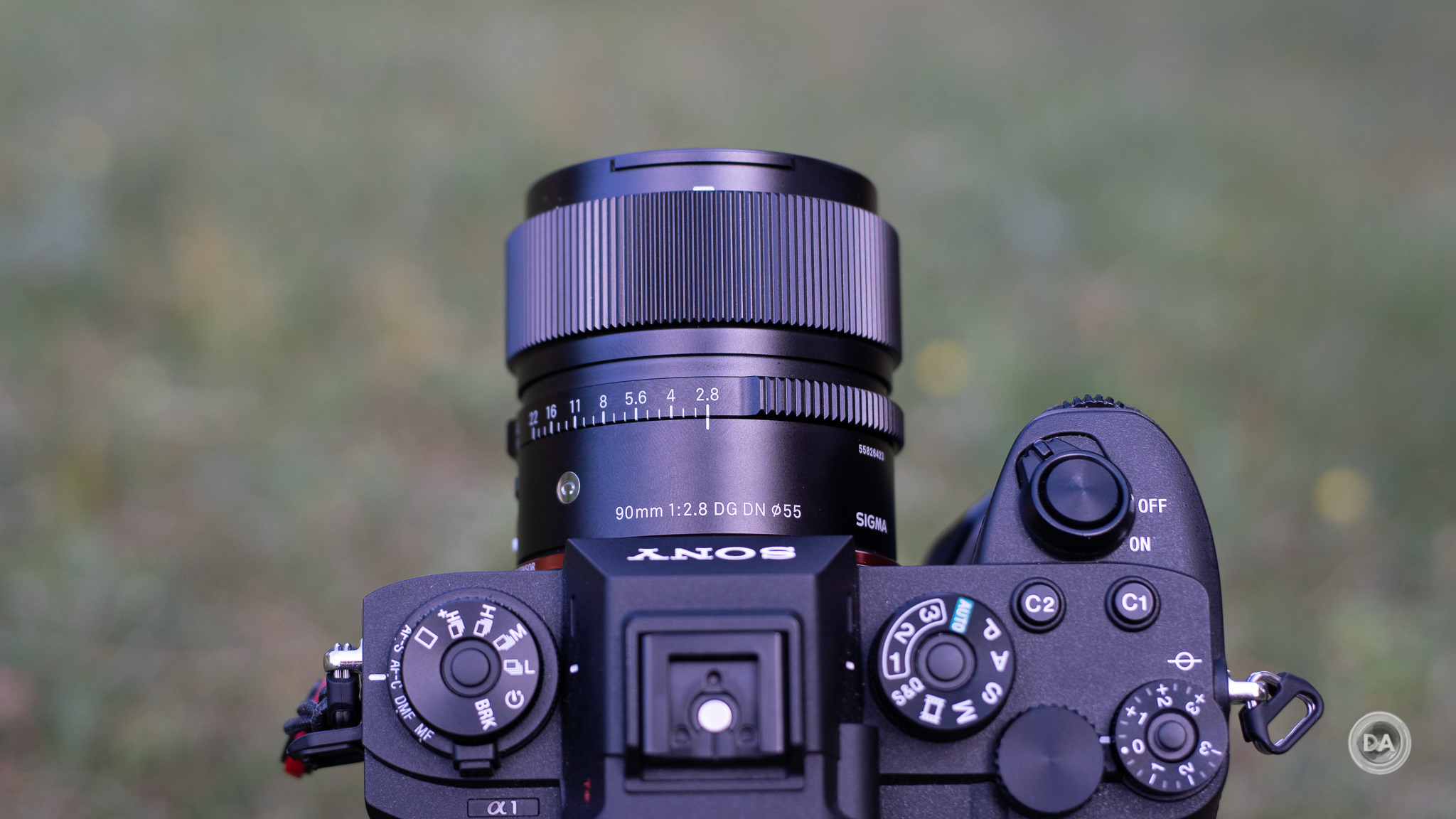

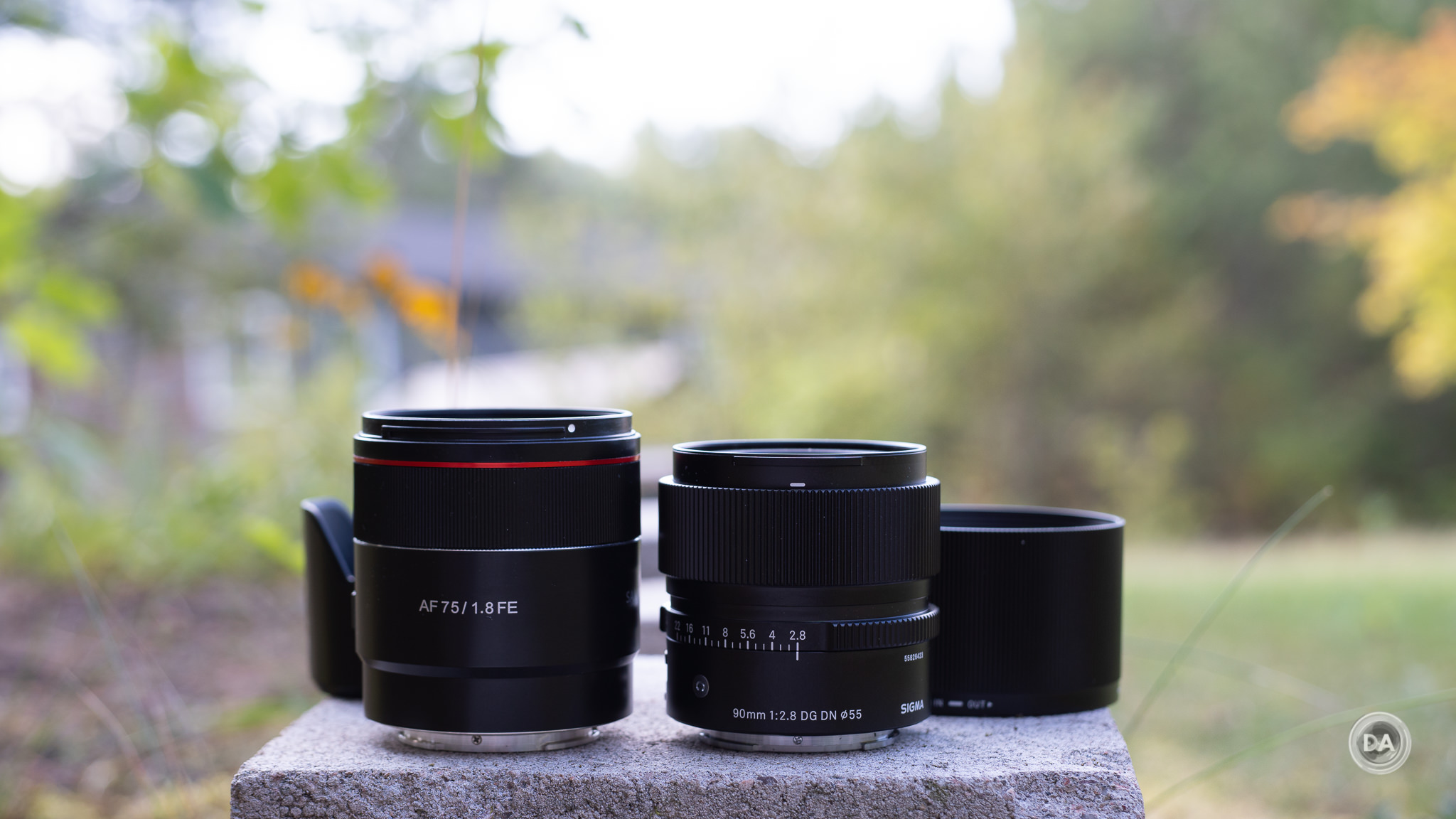
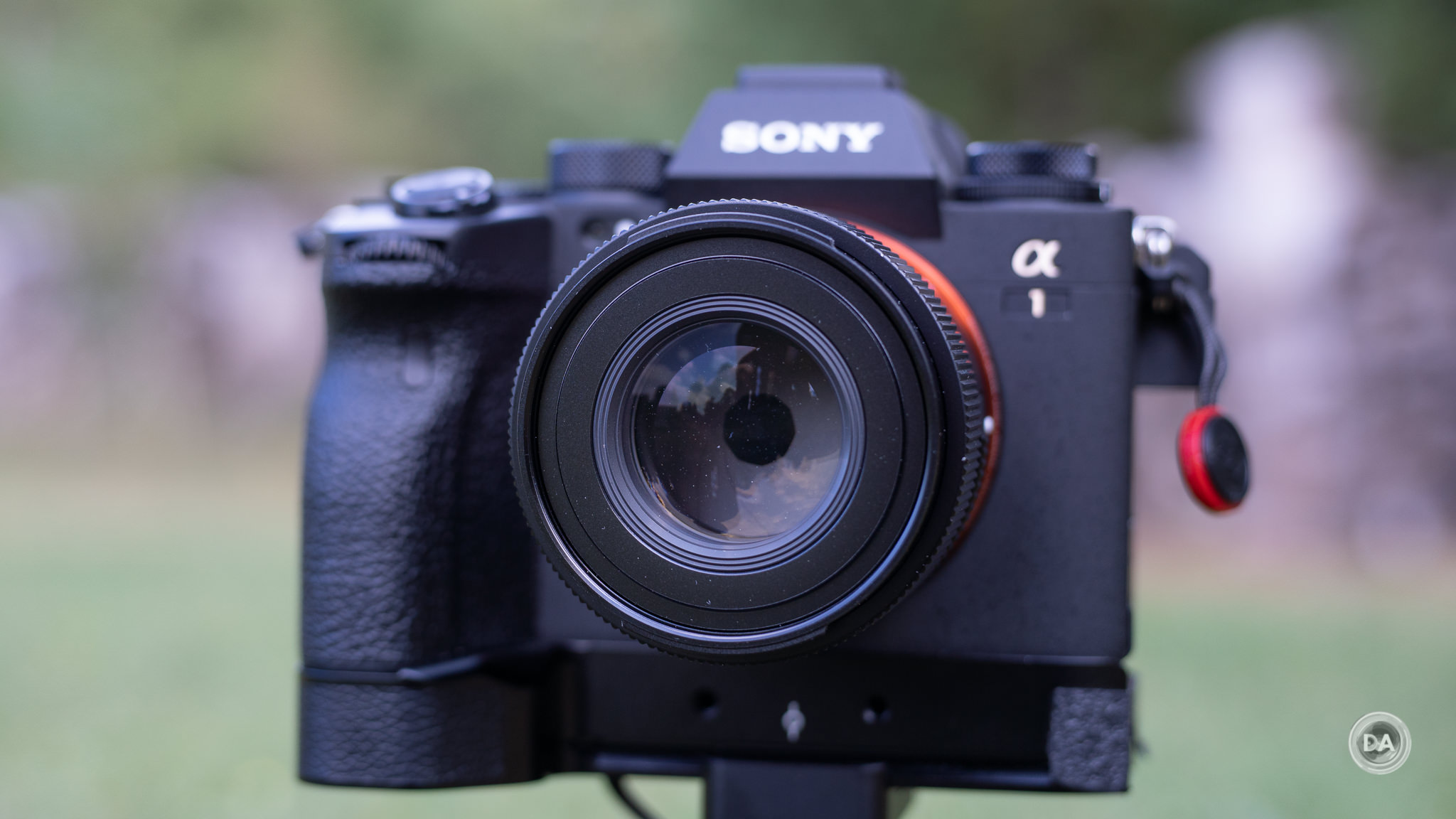
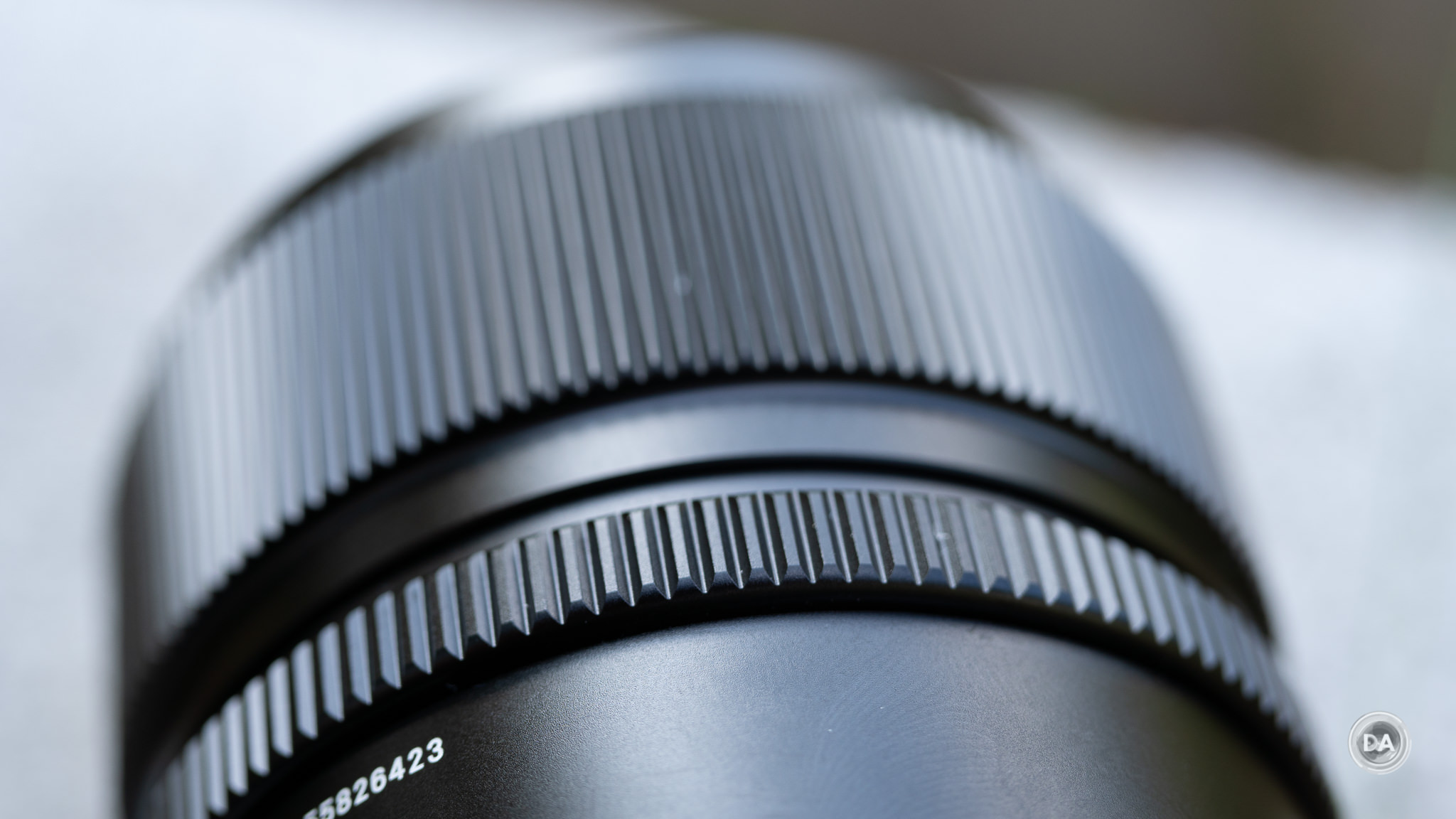

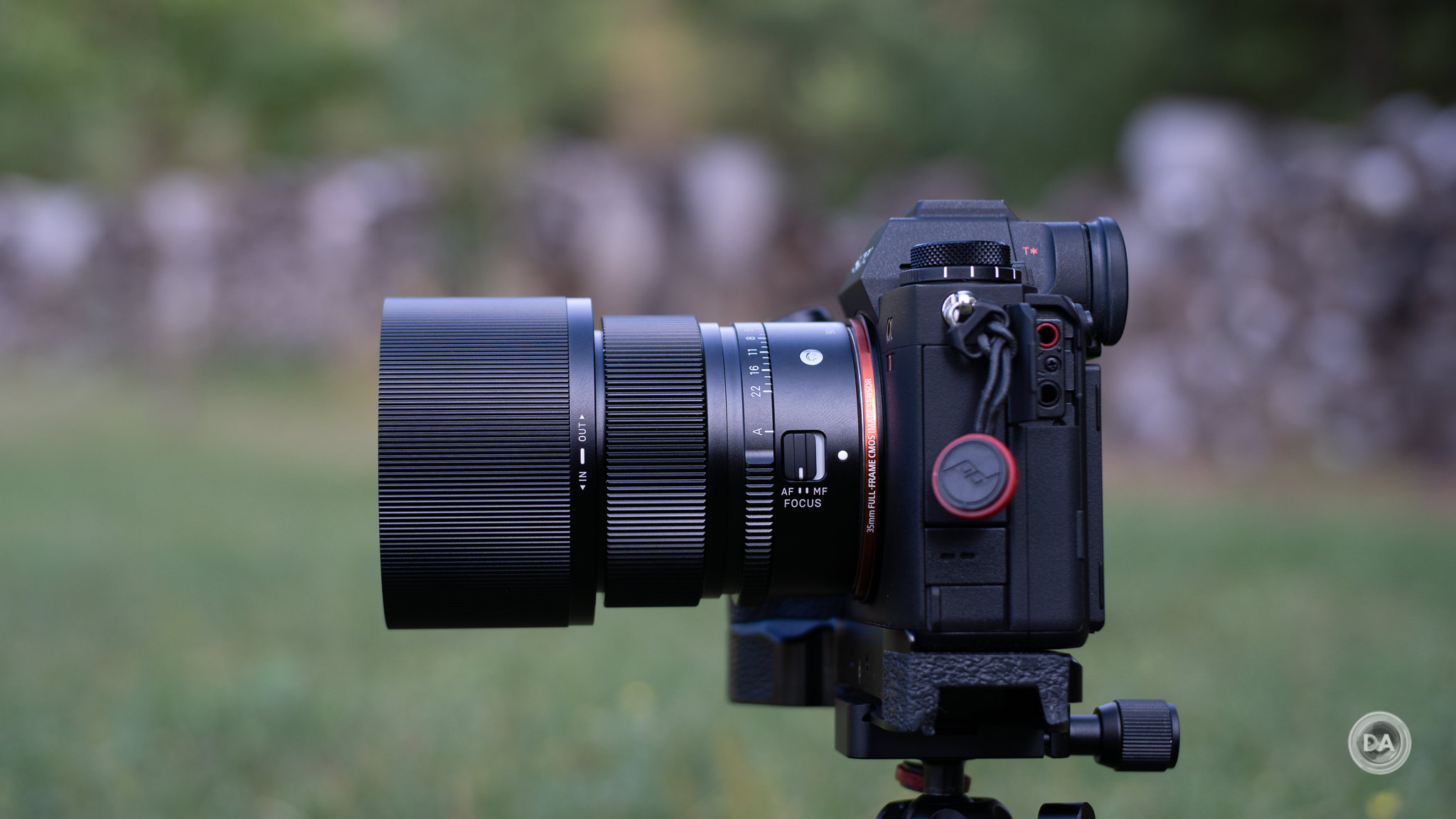
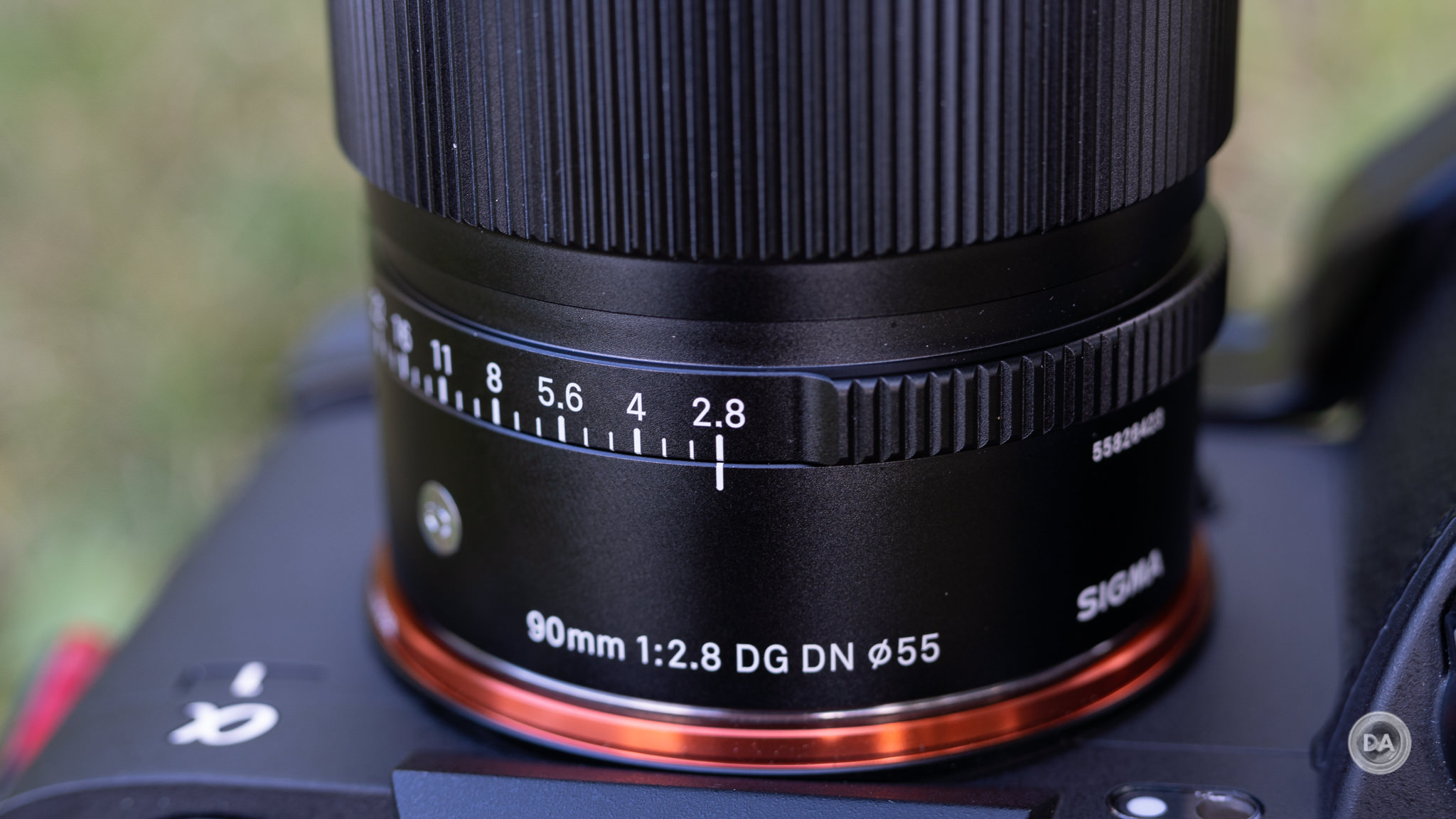

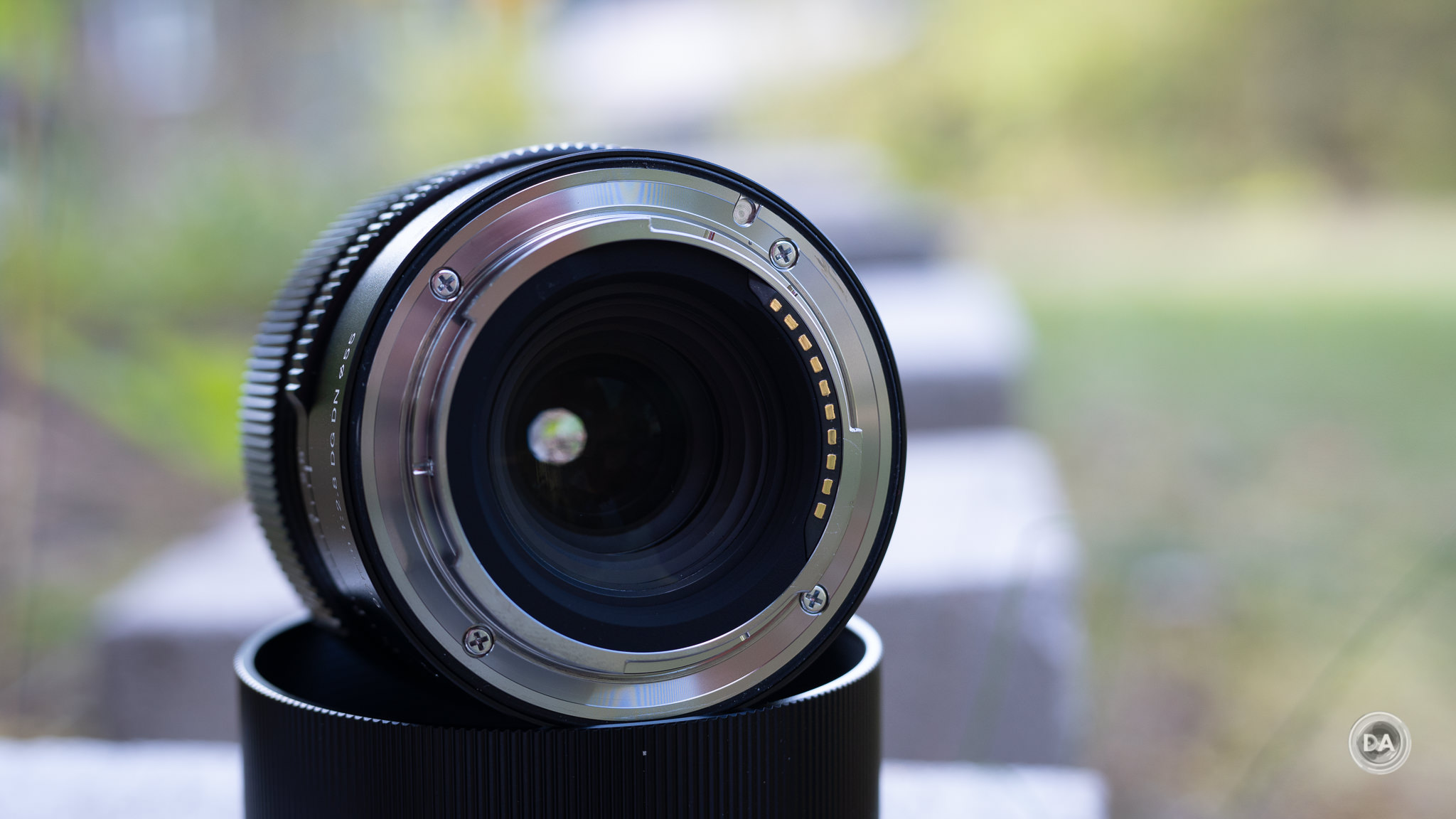
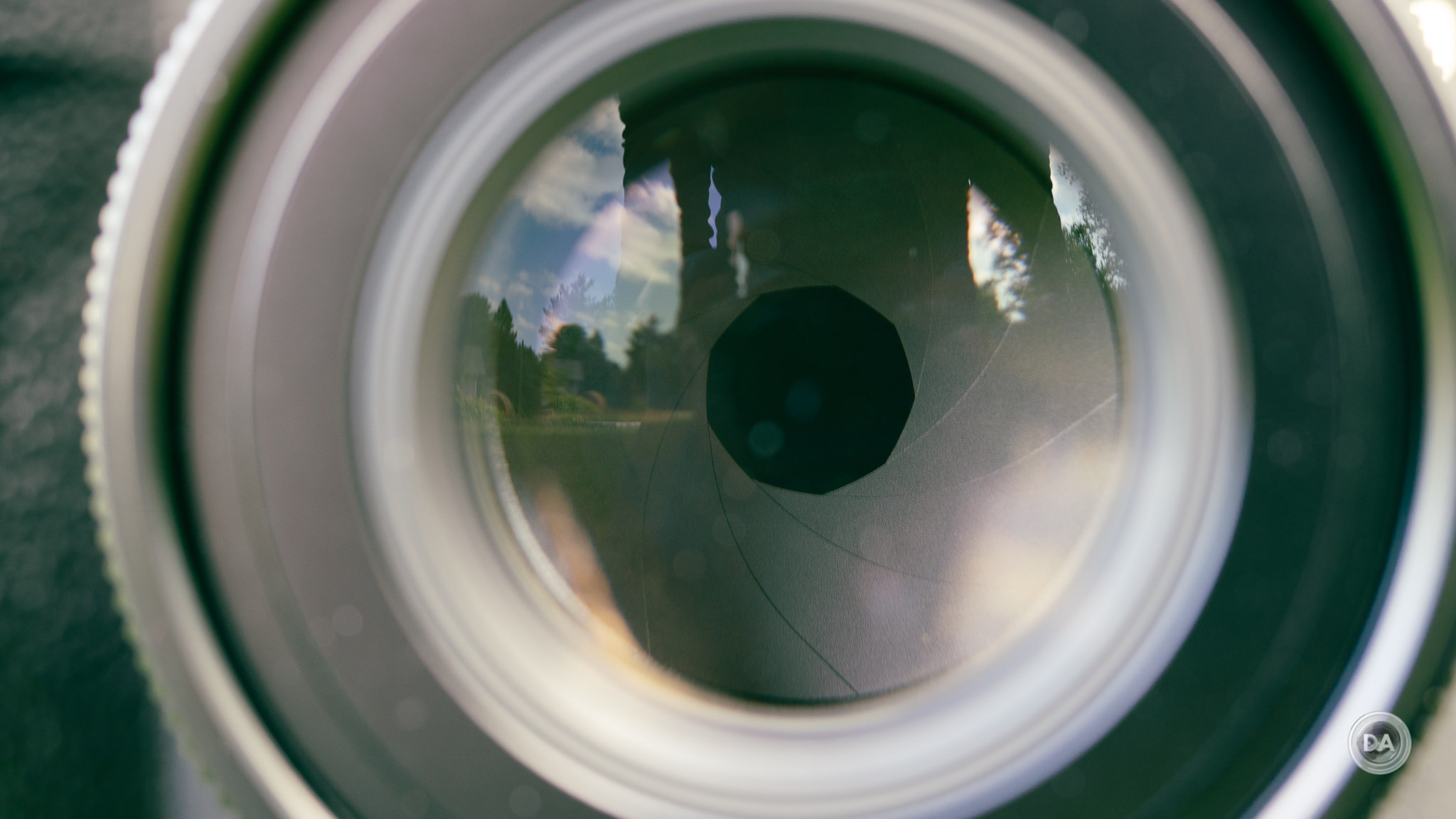
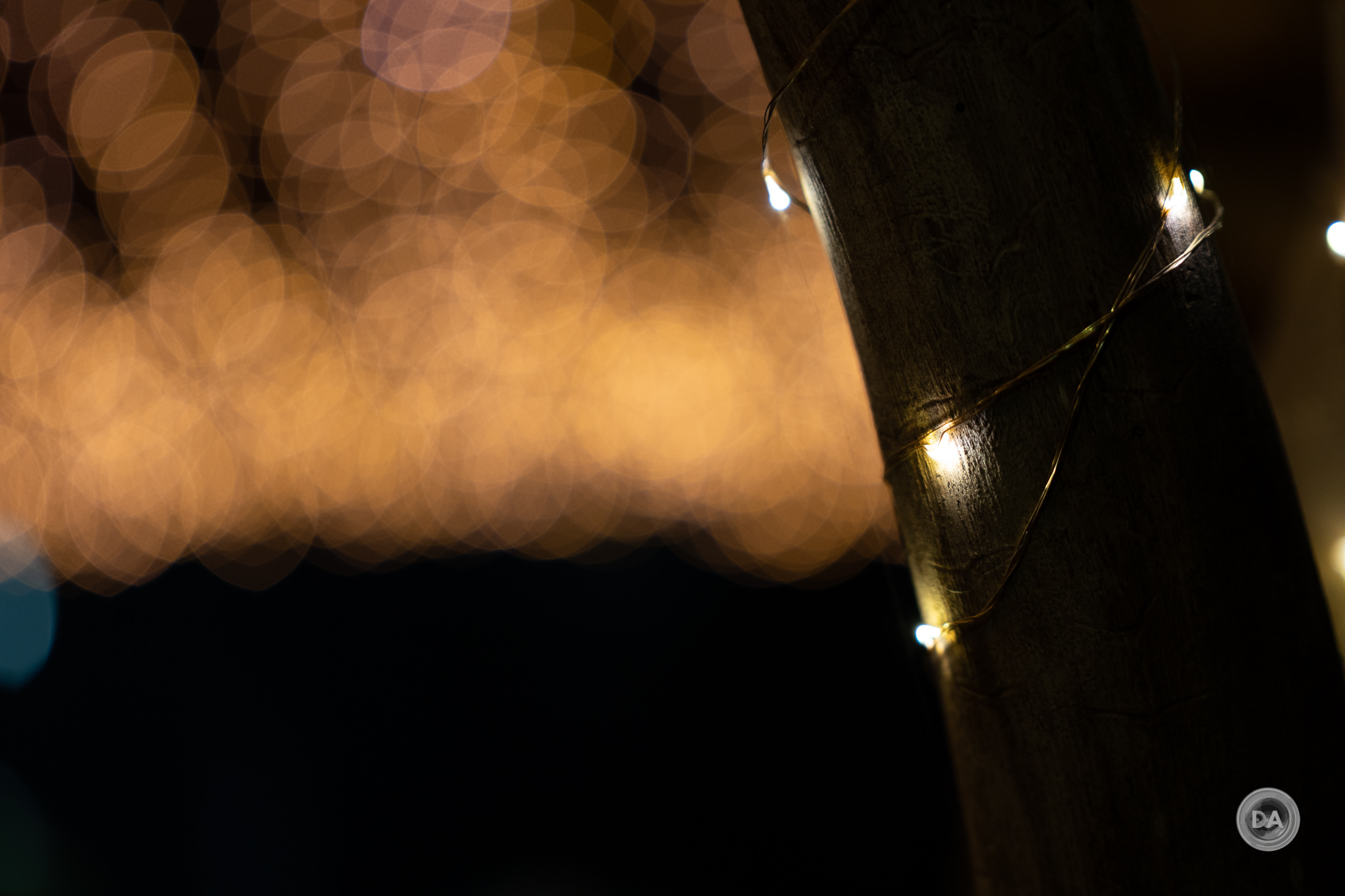

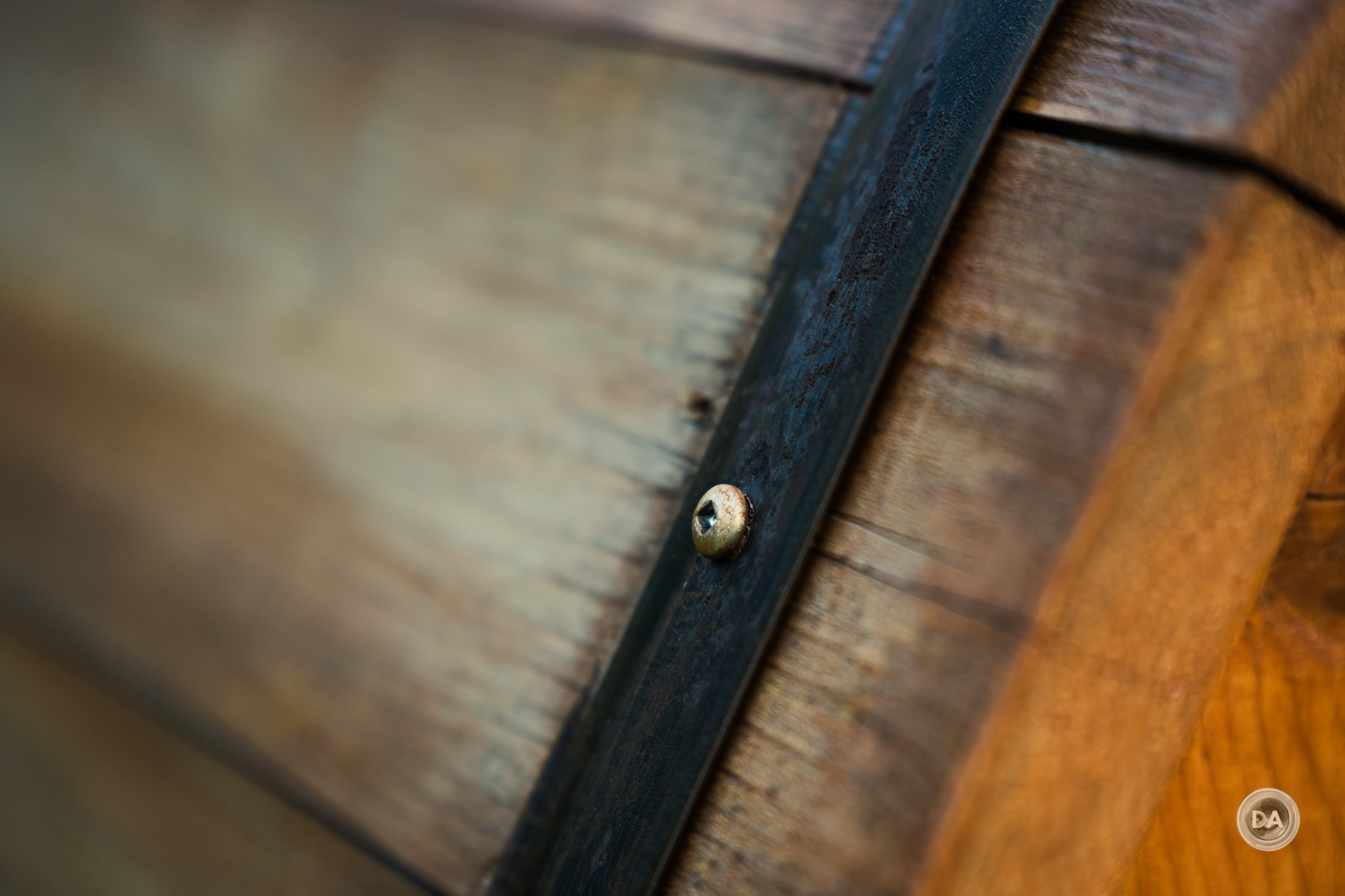






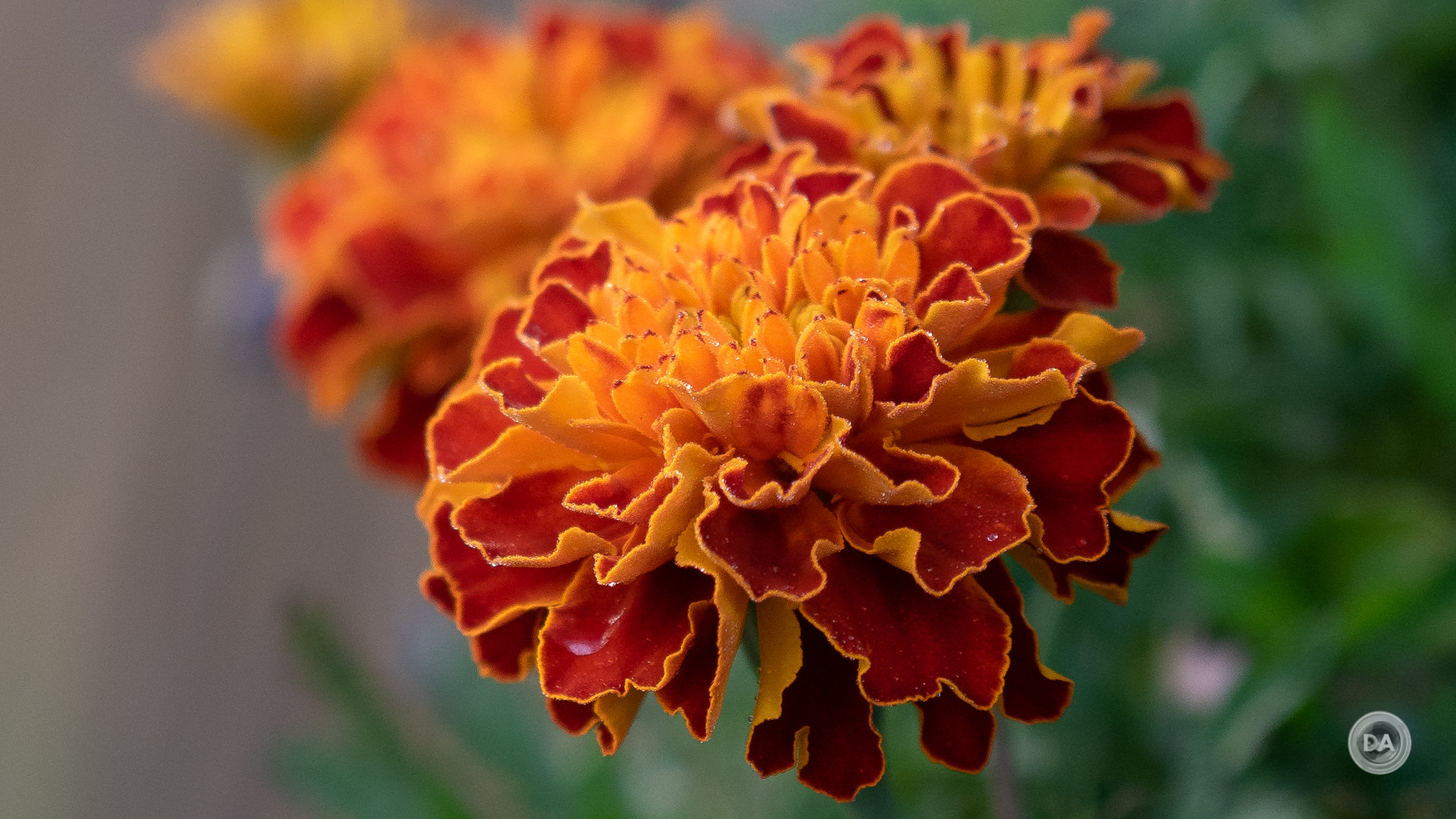







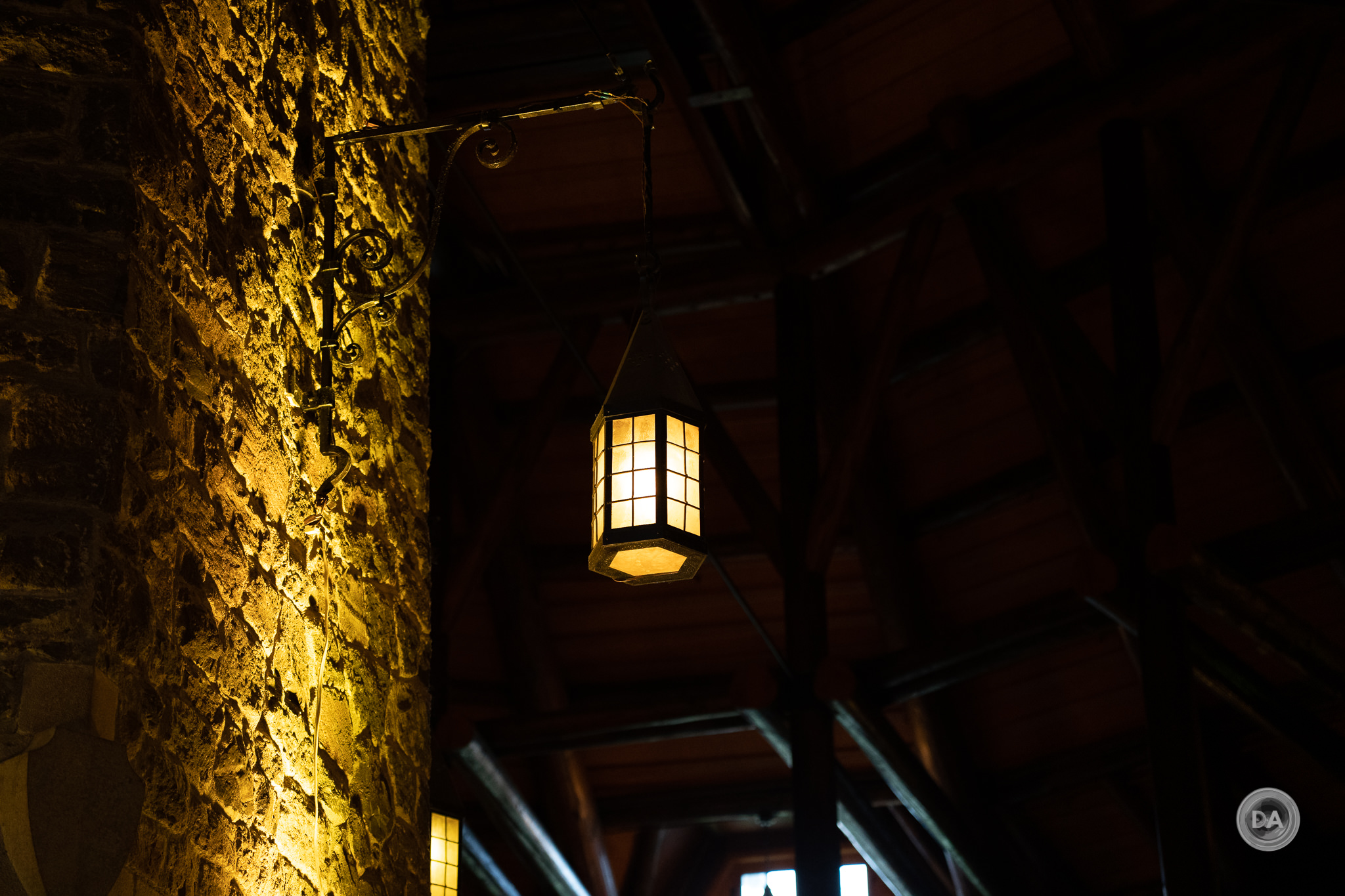

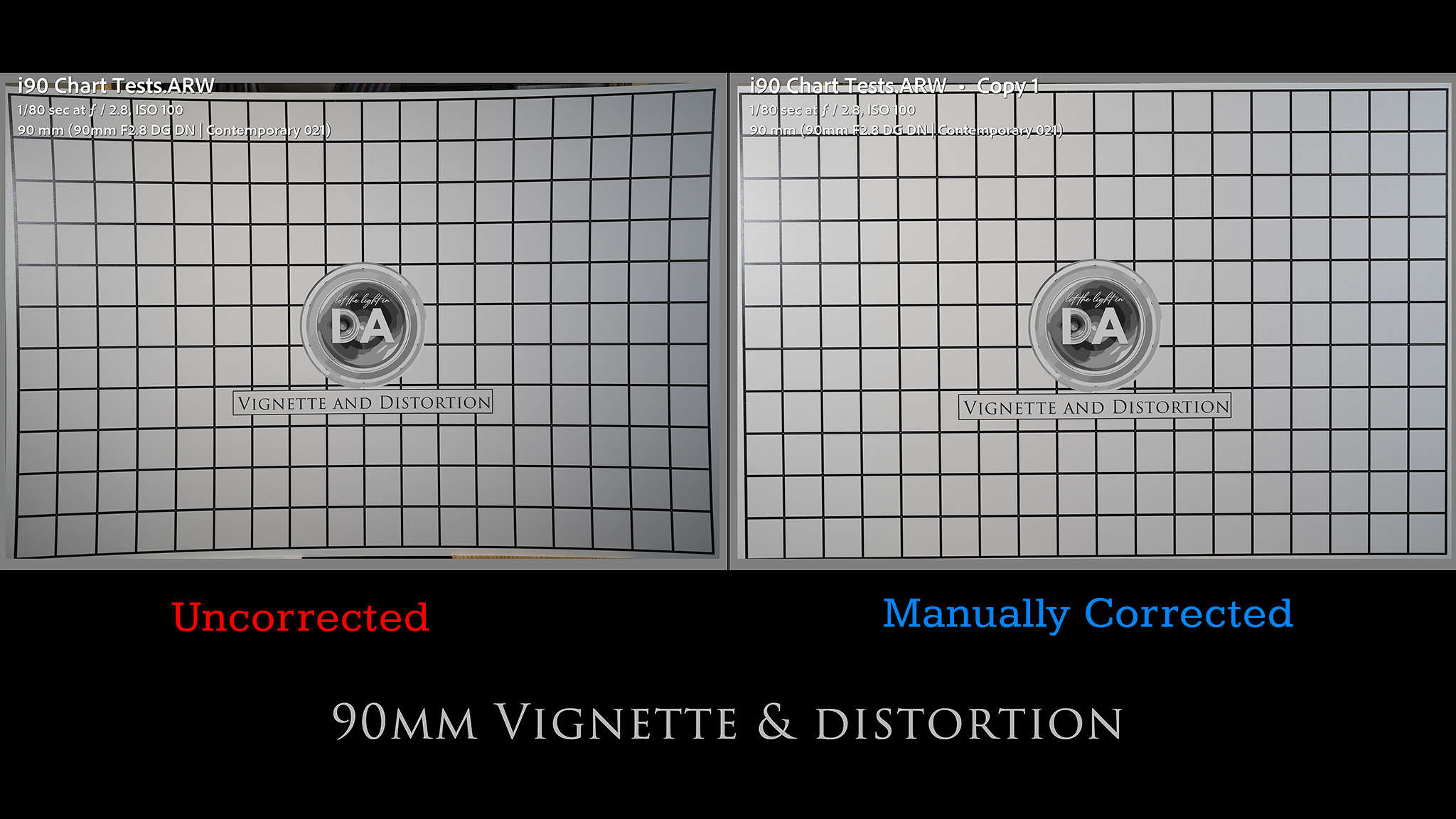
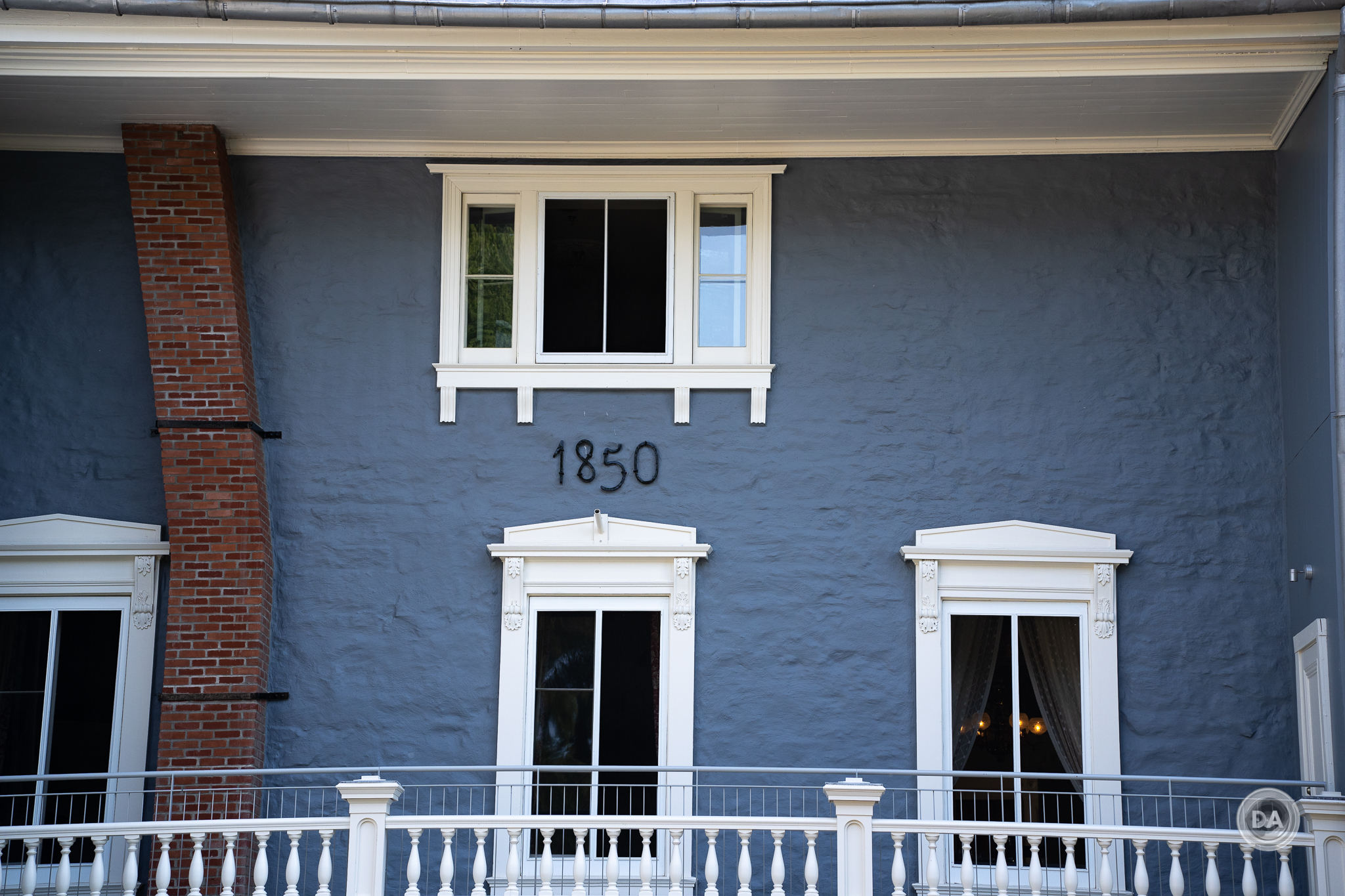

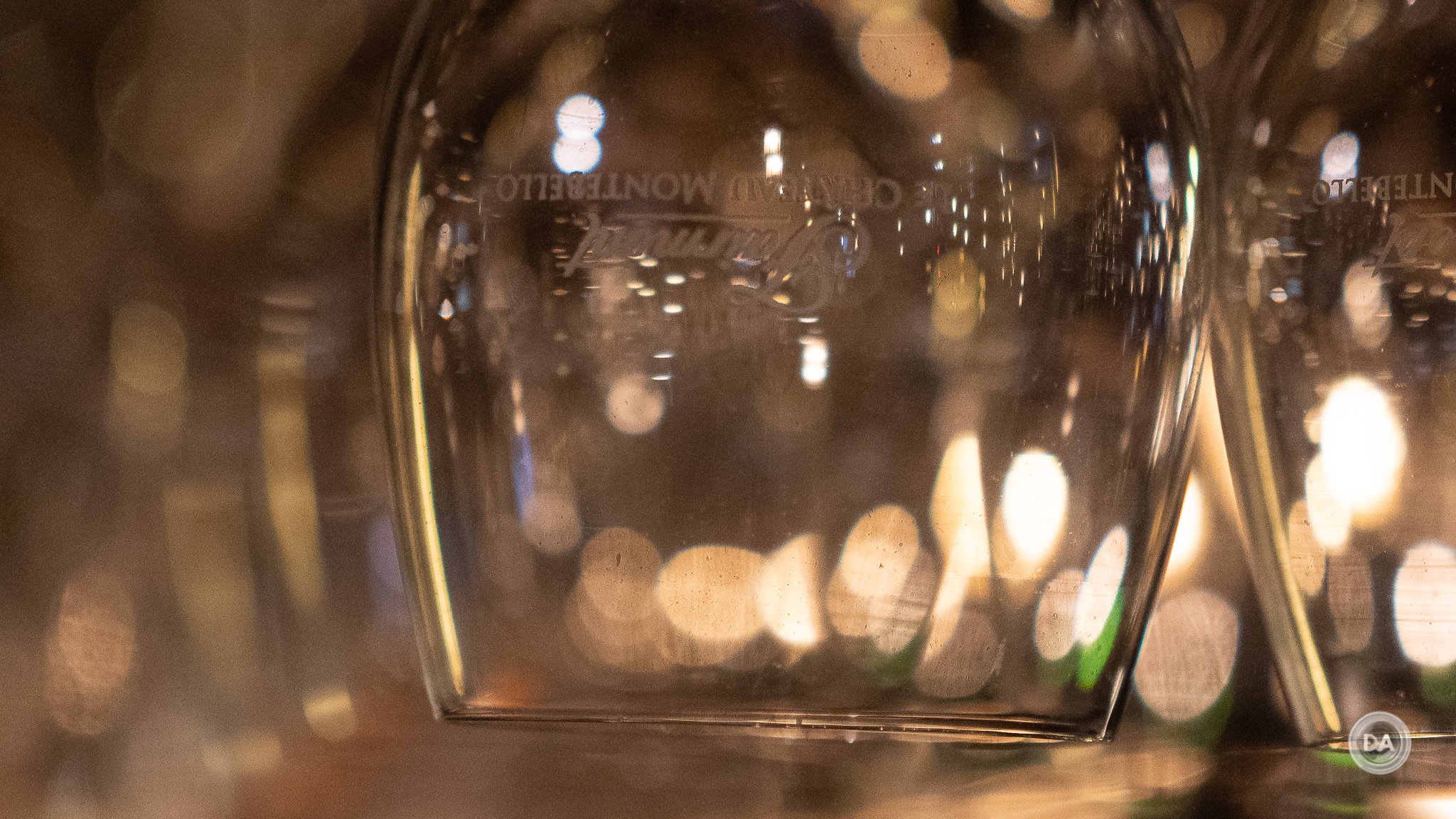
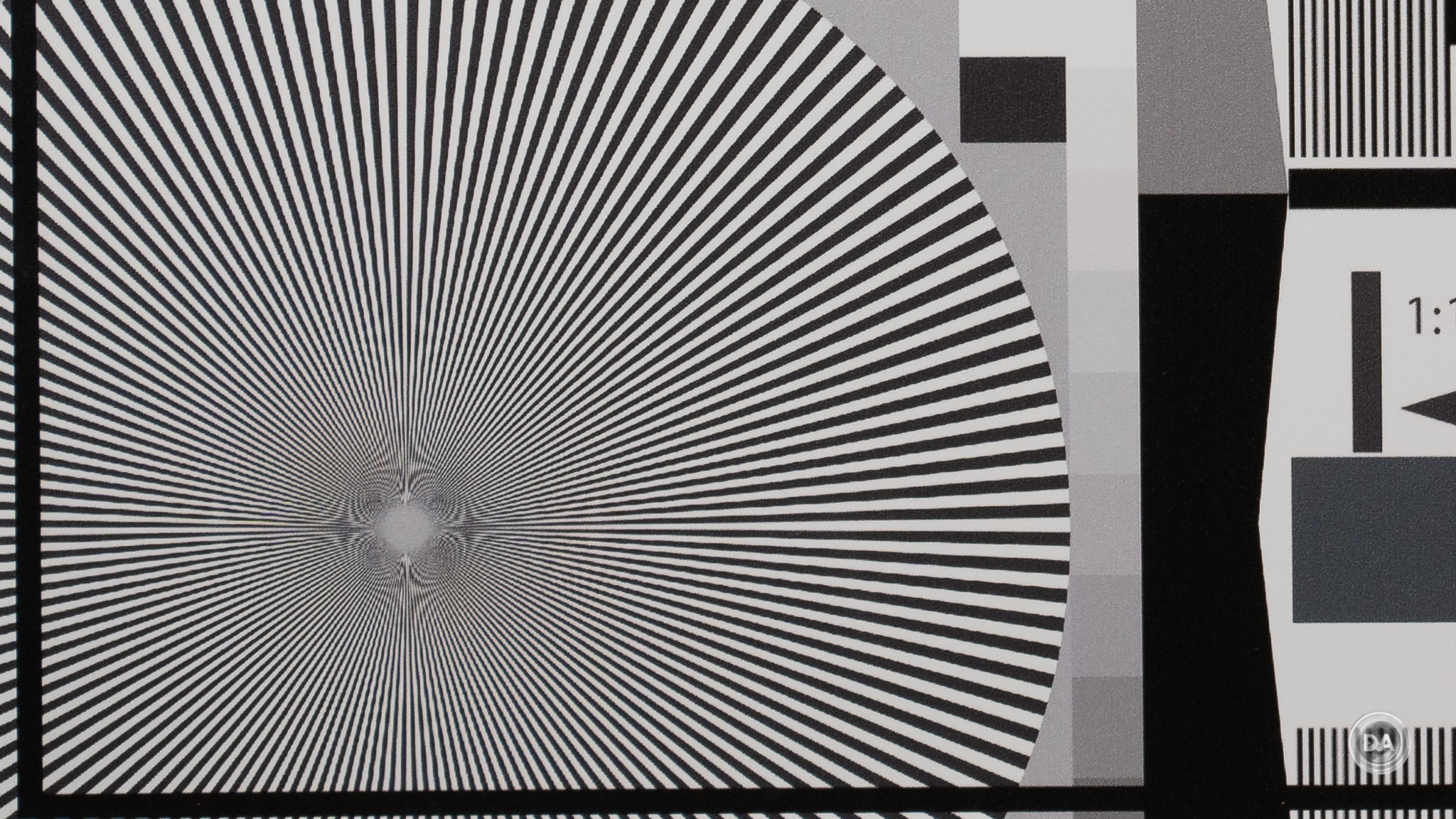
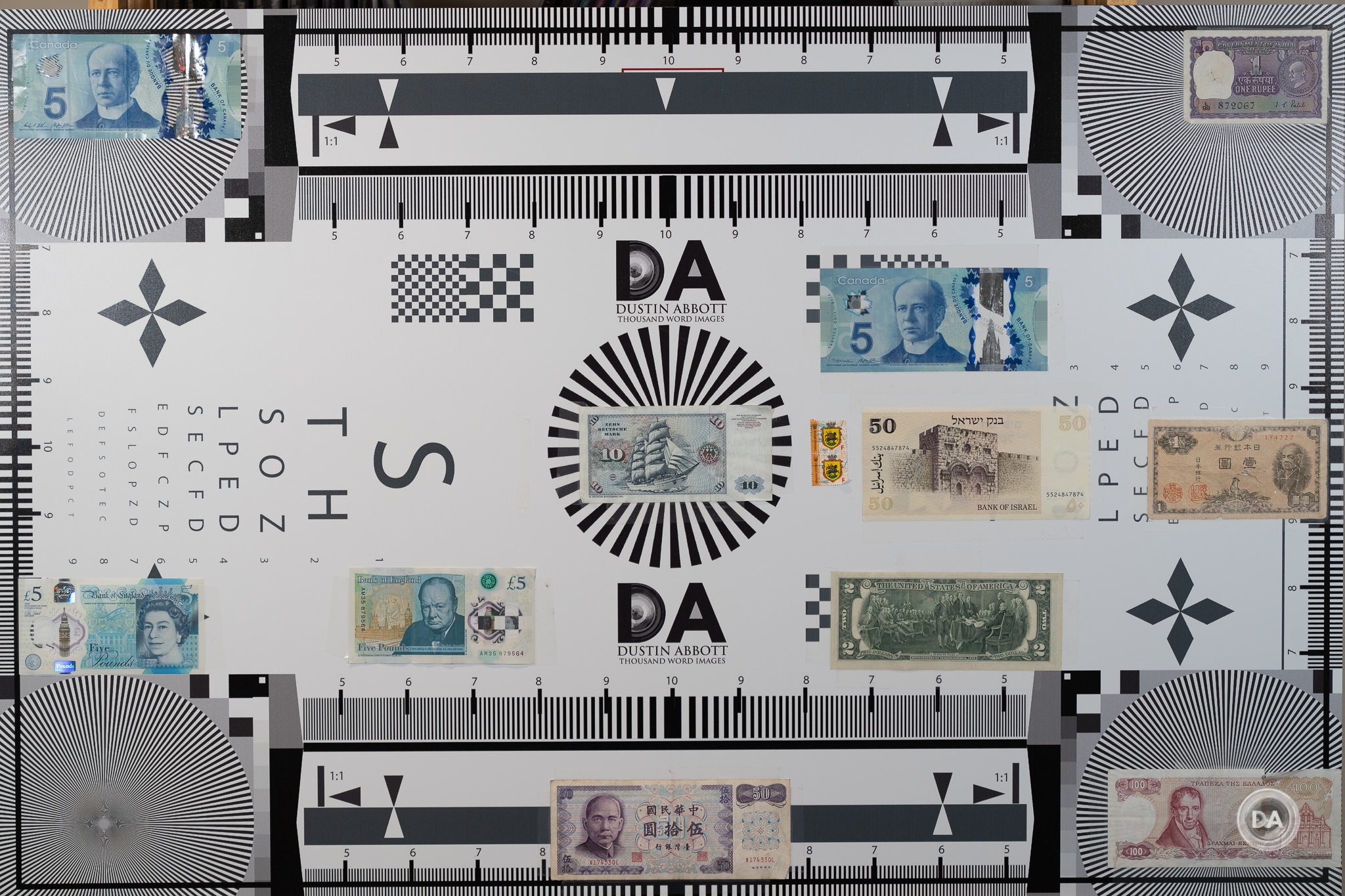



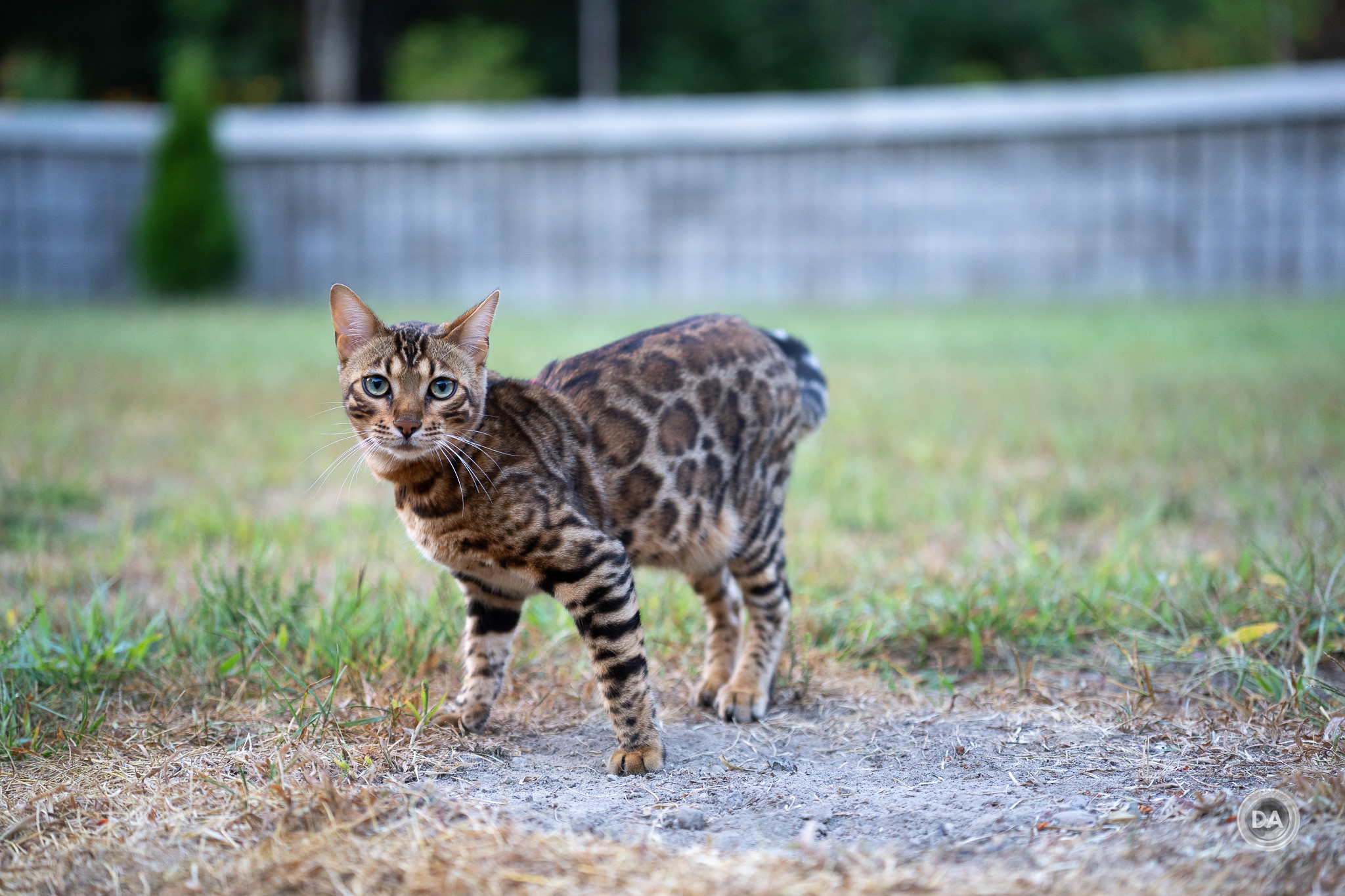

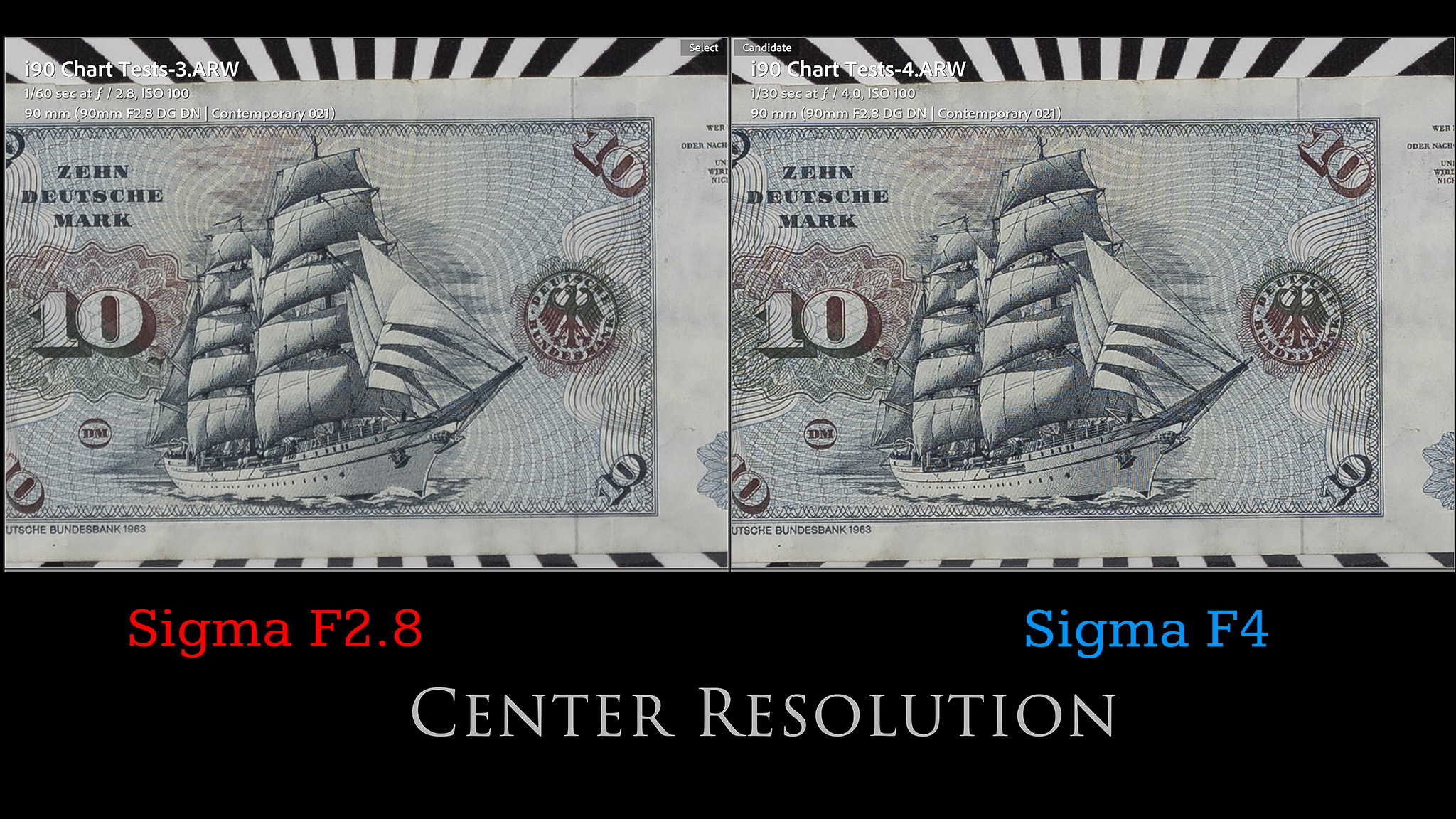





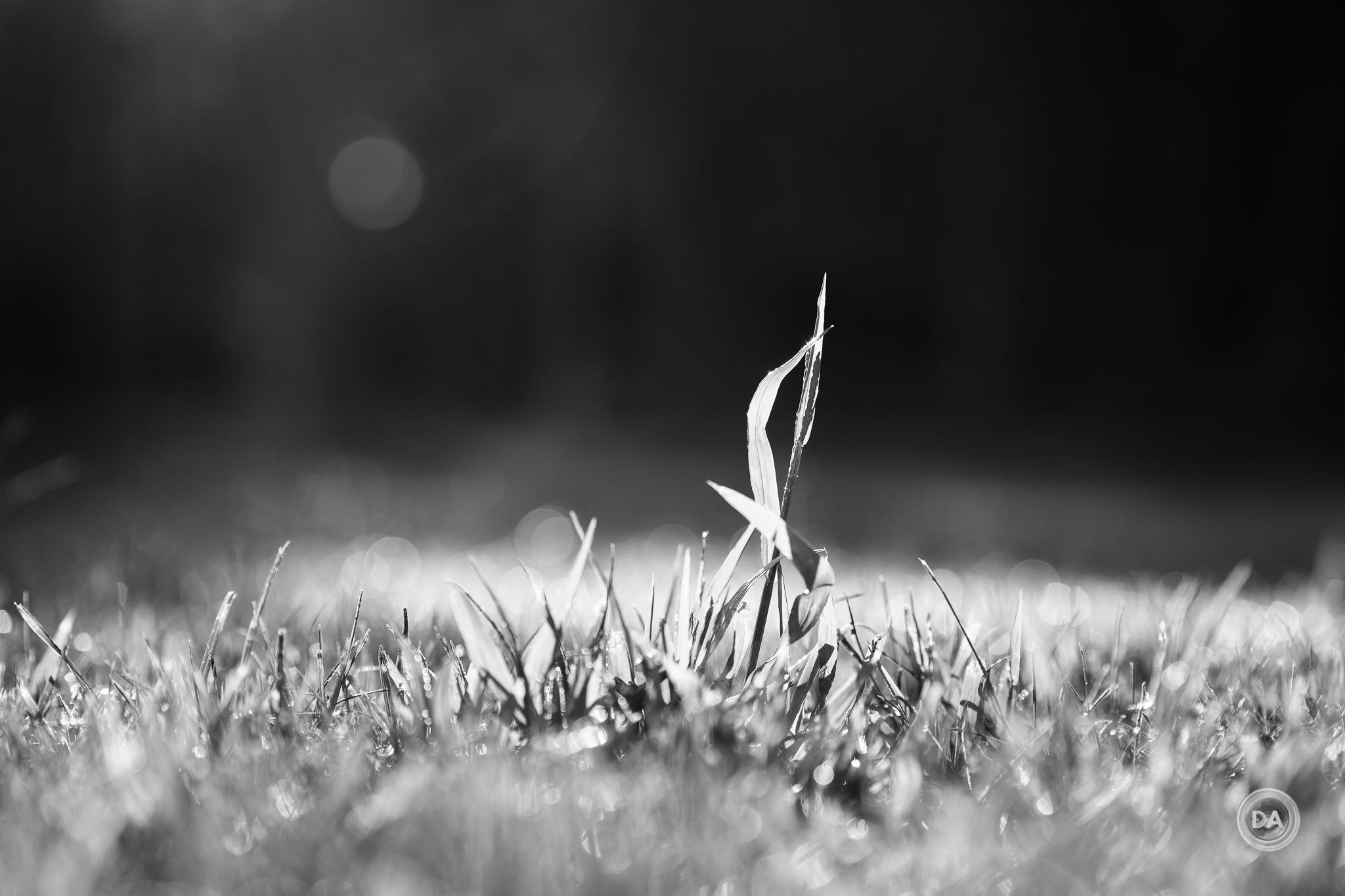
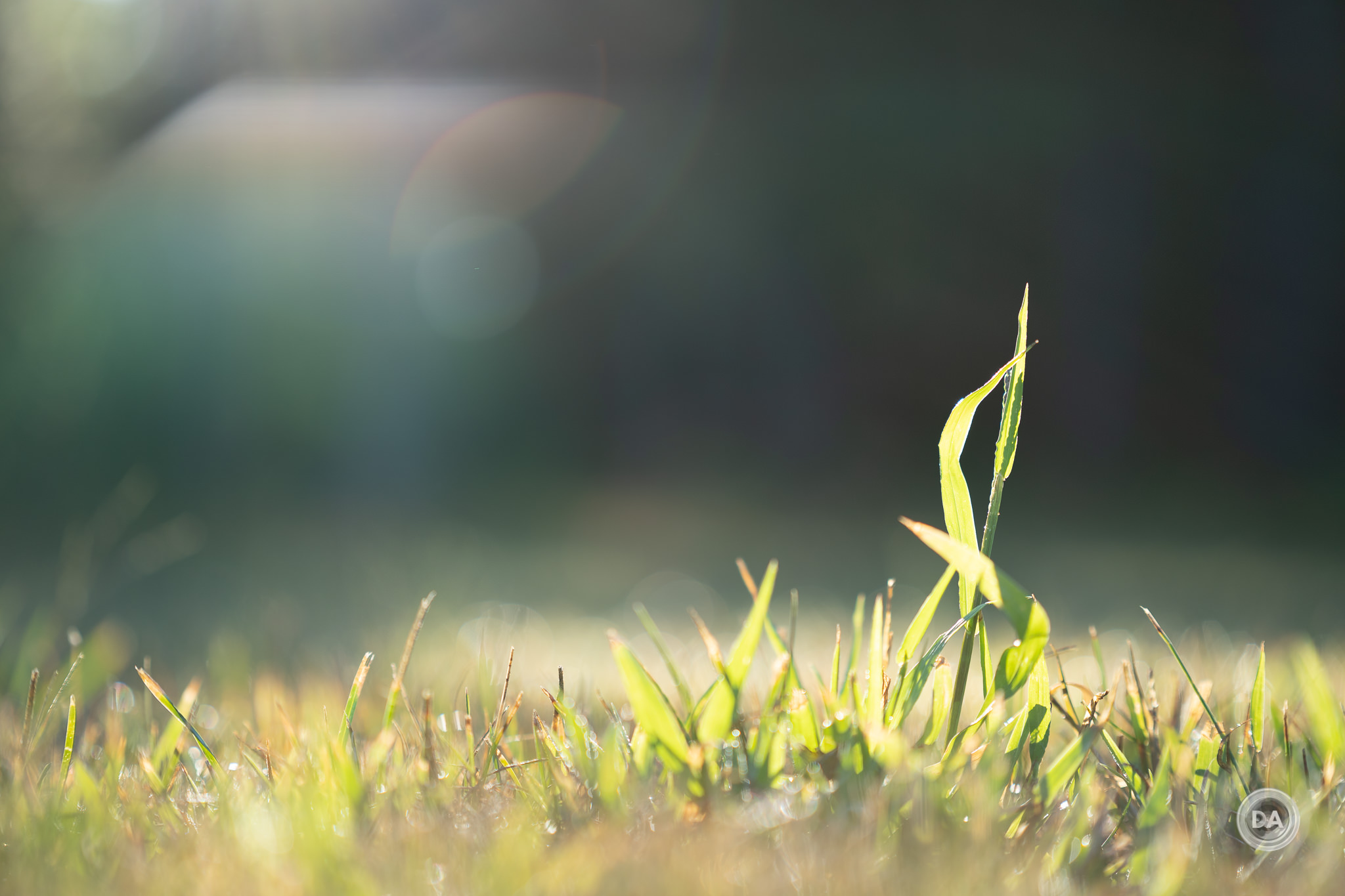

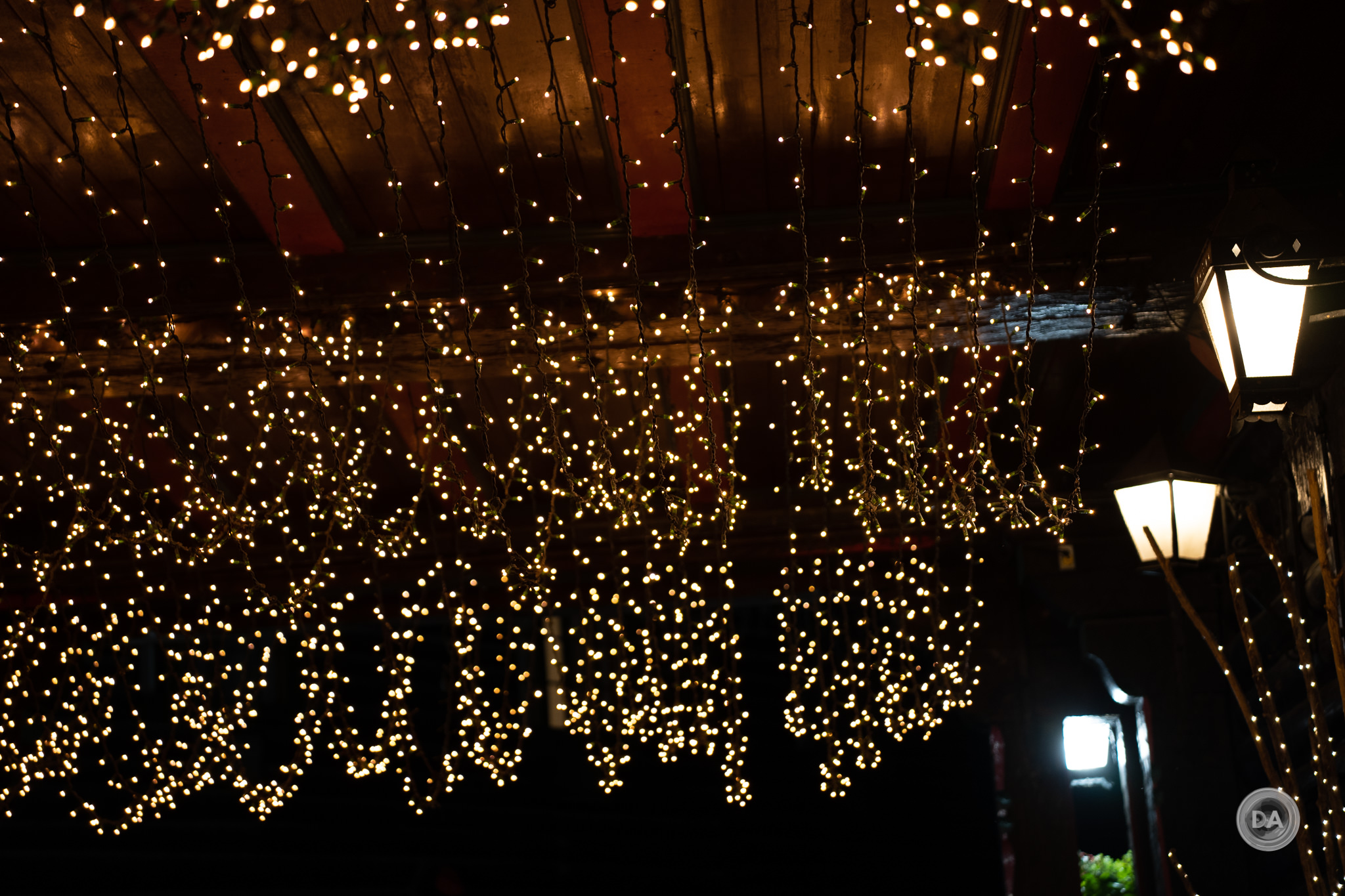


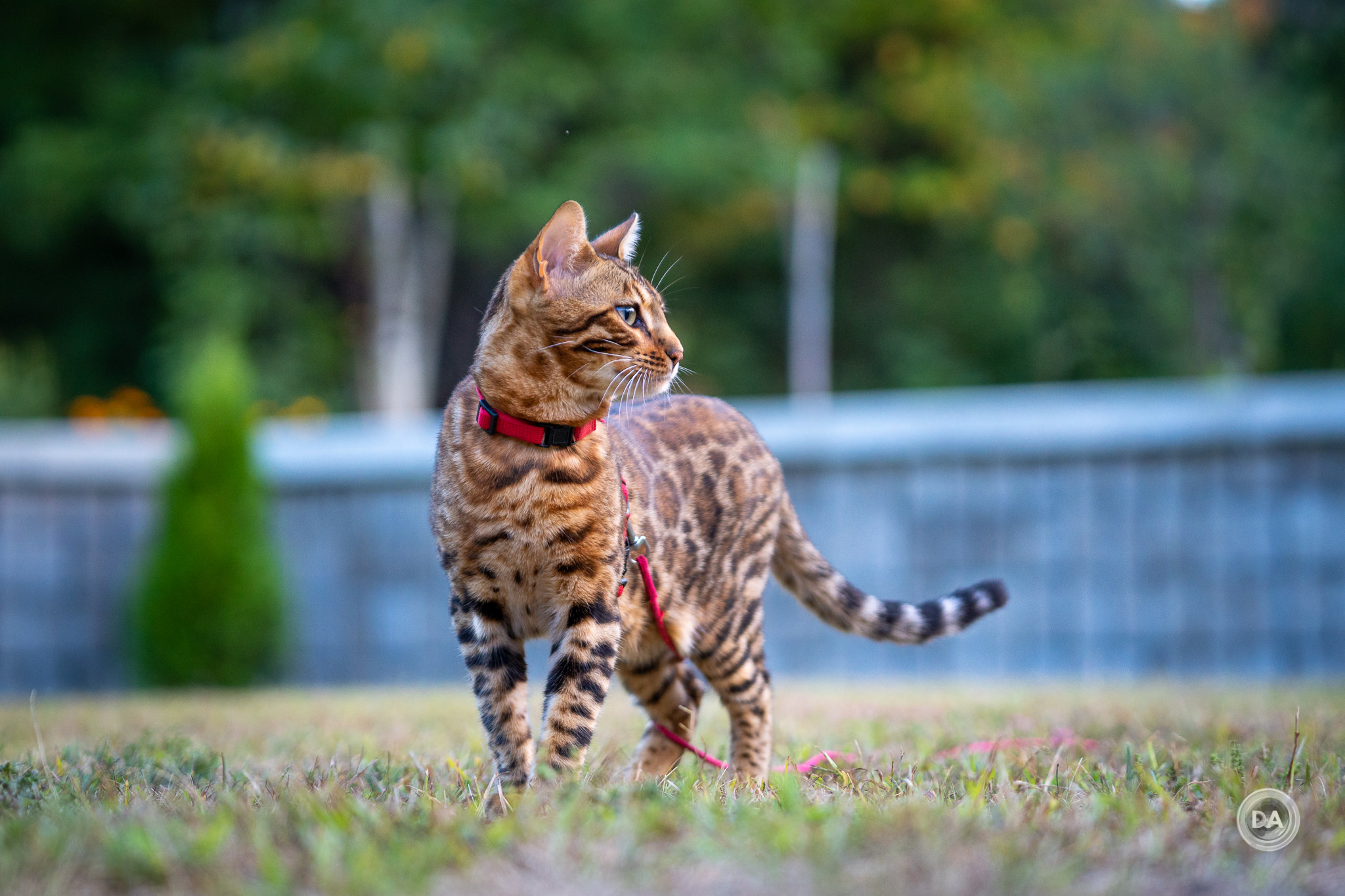


 GOOVIS ART Head Mounted Display Review
GOOVIS ART Head Mounted Display Review  Laowa AF 12mm F2.8 Zero D Review (Z-Mount)
Laowa AF 12mm F2.8 Zero D Review (Z-Mount)  Nikkor Z 35mm F1.2 S Review
Nikkor Z 35mm F1.2 S Review  Kase AF 85mm F1.4 Review
Kase AF 85mm F1.4 Review 



One thought on “Sigma 90mm F2.8 DG DN (iSeries) Review”